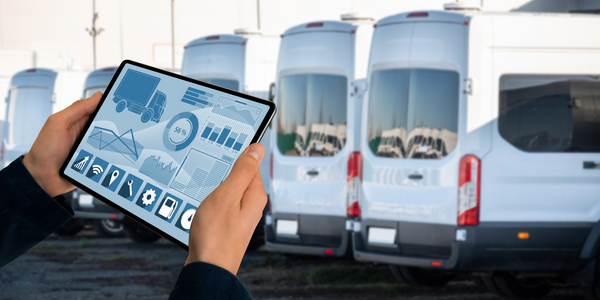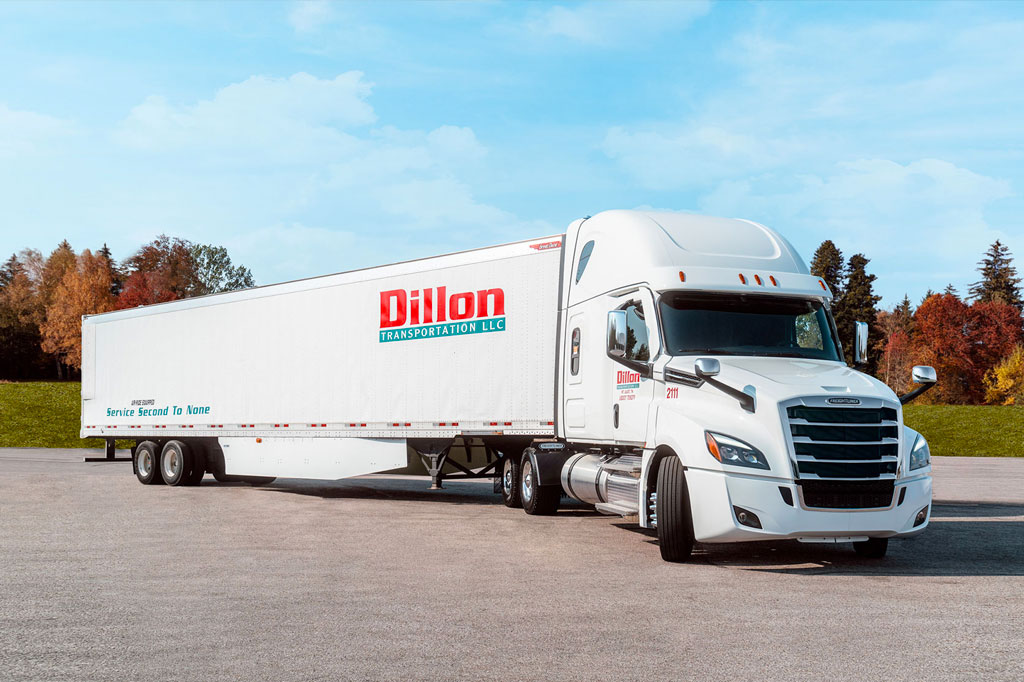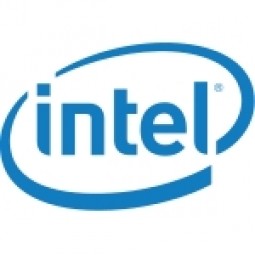
技术
- 功能应用 - 车队管理系统 (FMS)
- 功能应用 - 远程监控系统
- 网络与连接 - 网关
- 传感器 - 压力传感器
适用行业
- 特种车辆
适用功能
- 物流运输
用例
- 车队管理
客户
未公开
关于客户
任何在日常运营中依赖车辆的组织都了解保持车辆正常运行的重要性。无论是快递公司、学区、电信提供商还是市政当局,都可以提高生产力
挑战
车队经理正在转向预测分析,以掌握维护情况并在部件故障发生之前减少它们。然而,管理车辆传感器生成的大量新数据具有挑战性。
解决方案
Predixion Insight* 可以分析云端或边缘设备中的数据,减少需要传输的信息量。车队车辆上的传感器收集有关轮胎压力、液压系统和其他部件的数据。数据被发送到车辆上基于英特尔® 的物联网网关,然后在边缘处理数据以立即发出警报,或将其发送到云端进行长期分析。集成的 Wind River Helix* Device Cloud 通过基于云的平台提供集中式远程管理。
收集的数据
Inventory Levels, Mileage, Parts Quality, Tire Pressure, Hydraulics
运营影响
数量效益

Case Study missing?
Start adding your own!
Register with your work email and create a new case study profile for your business.
相关案例.

Case Study
Transformation for IoT Business Model in Connected Industrial Vehicles
CNH Industrial wanted to put IoT-enabled viechles onto the market. Whether monitoring a single machine or integrating an entire fleet, operators are able to track the status, speed, and movement of machines and their performance and also receive alerts on issues that may require service by a qualified technician to improve uptime and overall effectiveness of the vehicle.

Case Study
Scalability Through IoT: Dillon Transportation's Growth with Innovative Access
Dillon Transportation, a dry van transportation company, experienced significant growth since its inception in 1996. From a humble beginning with one truck and two drivers, the company expanded to a fleet of 125 trucks and 170 drivers and crew members. However, this rapid growth brought about a challenge. The owner, Donnie Dillon, found it increasingly difficult to keep track of every driver and truck in his fleet. He could no longer remember the specifics of each trip, which he previously kept in his head. The company needed a more sophisticated way of storing information about drivers and loads. They required a system that would allow employees to access the specifics of each trip easily. The challenge was to find a solution that could manage the growing complexity of their operations.
Case Study
InterChange Group Enhances Cold Storage Efficiency with IoT Integration
InterChange Group, a cold-storage warehousing and distribution company, was faced with the challenge of increasing the efficiency of its cold storage facility to better service a local customer. The company needed to prove its capability to handle growing volumes in the future. The specific challenge was to integrate their new fleet of semi-automated forklifts with the Camelot Excalibur Warehouse Management System (WMS). The deployment of this technology investment, especially with temperature and date-sensitive food products, within a tight timeline, posed significant challenges.
Case Study
Successful 5G and Wi-Fi Network Convergence Solution for a Power Plant in China
To thrive in the industry 4.0 era, many factories are always looking for ways to improve efficiency and enhance reliability, and power plants are no exception. Any idle time resulting from an operational glitch directly impacts both the top and bottom lines of the business. Thus, the network is central to everything the plant generates. To improve the network infrastructure, the Milesight CPE units, which are 5G-ready and Wi-Fi integrated, are implemented in a power plant to provide a wireless solution for high-speed, reliable connections with low latency.The Beihai Power Plant Phase II is an expansion project, which is a major project promoted by GFIG to build a stable and reliable “energy network” for Guangxi province, China.A 24-by-7 operation spread across 136,500 square meters (0.05 square miles). They were actively seeking a solution with the latest wireless network technology so that they could successfully interlink all mobile devices and office equipment without any downtime, meanwhile, exchange the data securely on the private network.Frustrated with network downtime, unstable connectivity, and spotty coverage, this coal-fired Beihai power plant was desperate.Wireless DeploymentTime equals money. Wired deployment is not an option due to the tricky and time-consuming process, and if a buried cable is broken, it is expensive to repair, while industrial wireless deployment saves significant costs compared to an equivalent wired installation.Extensive ConnectionsMany smartphones and tablets in areas of the plant must be connected to wireless networks to enhance workers’ capabilities, saving time and money in the long run.Dedicated NetworkA dedicated or private network is preferred as it is self-contained that can be deployed almost anywhere and managed centrally, providing a higher level of security.Harsh Work EnvironmentMetal buildings, machinery, massive magnets, extremely hot temperatures, and high humidity made it difficult to gain dependable signals or stable connections.Having tried some of the most well-known Wi-Fi and cellular solutions on the market, the IT network staff at the power plant turned to Milesight 5G CPE units with minimal investment in the new infrastructure.
Case Study
Forklift Manufacturer Streamlines Design Process with Altair’s HyperWorks Suite
NACCO Materials Handling Group (NMHG), a leading producer of lift trucks, was facing a significant challenge in their product development process. The company had been using finite-element analysis (FEA) for 25 years, but this required the construction of several iterations of physical prototypes to test their designs. This process was not only costly but also time-consuming, leading to delays in bringing products to market. The company was in dire need of a solution that could reduce the time to market without compromising on the quality of their products. The ultimate goal was to virtually design, test, and evaluate each product before any physical prototypes were made, thereby saving costs and gaining a competitive advantage.
Case Study
Simulating Squeak & Rattle Phenomena During the Development of a Truck Cabin: A Case Study
Scania CV AB, a leading manufacturer of trucks and buses, was facing a challenge in accurately simulating squeak and rattle noise within a truck cabin. Squeak and rattle are two phenomena observed when two parts of an assembly are in relative motion due to a specific excitation load. In the automotive industry, these phenomena are studied to reduce cabin noise and improve ride quality and comfort for occupants. Historically, Scania’s Cabin Development Department did not perform this kind of simulation. The team had to rely on tolerance calculations and the choice of materials to reduce the risk of squeak and rattle. When first prototypes became available, iterations were made to fix and correct the final design to solve the noise issues. To reduce development time and cut down on iterative changes, a solution was needed that enabled a simulation-driven design process during the early stages of the cabin development cycle.



